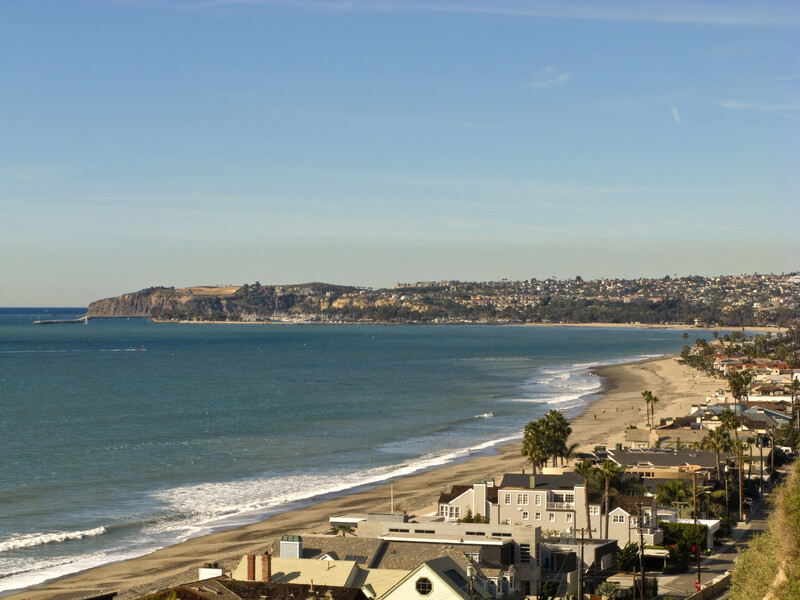


A lot of people have slept or eaten there, but only a few have absorbed its essence. The house is located at Porto Ulisse, near Capo d’Orso, in the municipality of Palau, in the region of Gallura, on the island of Sardinia, in Italy, in the Mediterranean. My name may appear in the land register, but sentimentally it belongs to all those who, having spent time there, have enjoyed, understood, and even loved it, experiences which are possible only in this order. I inherited the place and today I am just the beneficiary and caretaker. The house is not my own work, but that of my parents to them must go the credit for having conceived and created it.

“The House at Capo d’Orso” is a book of architecture that describes the web that time has woven around a particular vacation home, and one whose eccentricities continue to evolve and reveal new facets. This article is excerpted from Sebastiano Brandolini’s book “ The House at Capo d’Orso“ Each house is associated with people, with geography, and with history. It is three things at once: the autobiography of whoever has built and used it, a portrait of the place it occupies, and the chance product of a range of temporal factors that may not germinate for years after they are encountered. The following text is excerpted from the prelude to the book.Įvery house is a tangled web of things and incidents, a strange conjuncture that often seems to turn into a conspiracy. Recalling the essays of Walter Benjamin, Bill Bryson, Rebecca Solnit, and Lawrence Weschler, Brandolini’s writing weaves literature, art history, and the transformation of Sardinia since the 1960s into a single fabric. More than the story of a single summer home written by an accomplished architect, his book is a study of how place, the built environment, and daily practice make up our lives, at the most minute level of detail. How does a house shape experience? How does architecture establish a practice of living? Architect Sebastiano Brandolini’s book “ The House at Capo d’Orso” invites readers on a meditative tour of his family’s house on the Sardinian coast, describing everything from the geology of the rocks beneath, to the history of the surrounding villages, to the way the shifting light measures the day. BeeLine Reader uses subtle color gradients to help you read more efficiently.


 0 kommentar(er)
0 kommentar(er)
